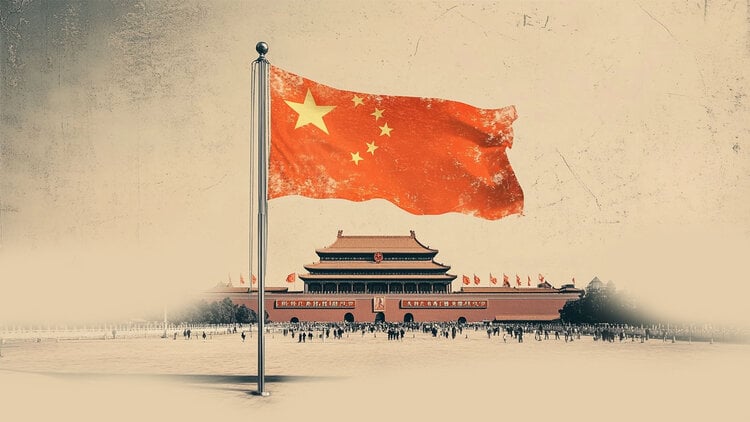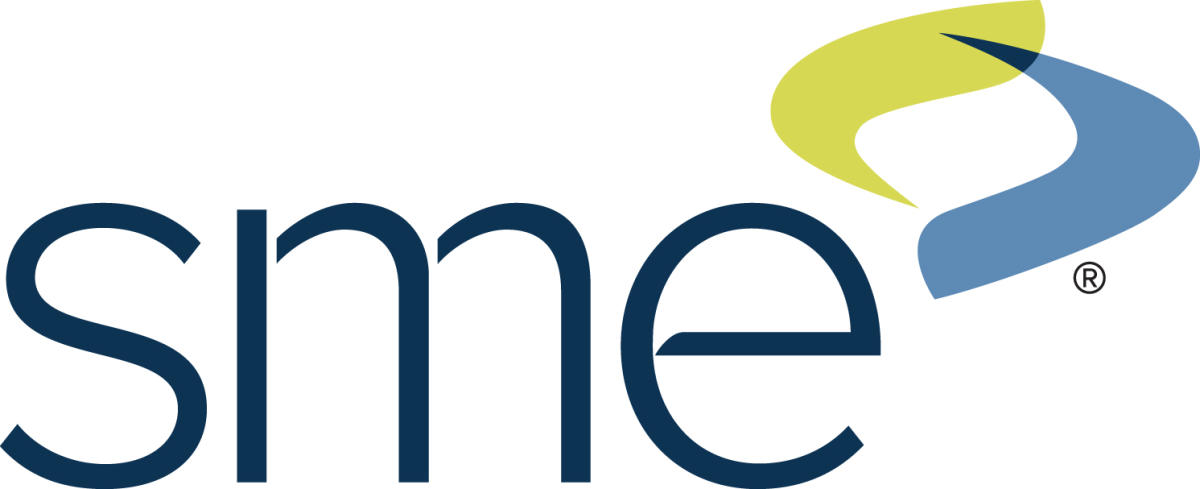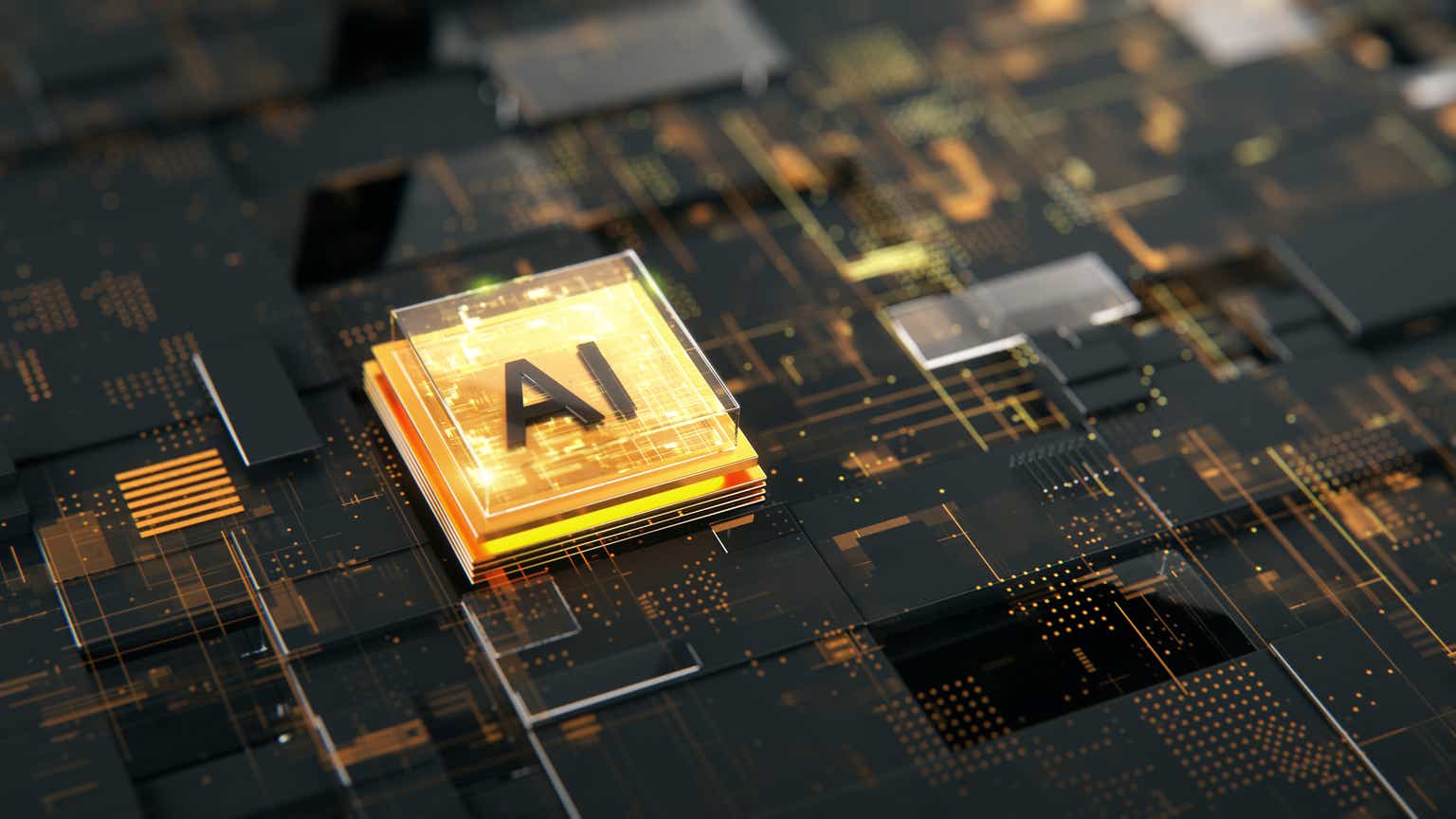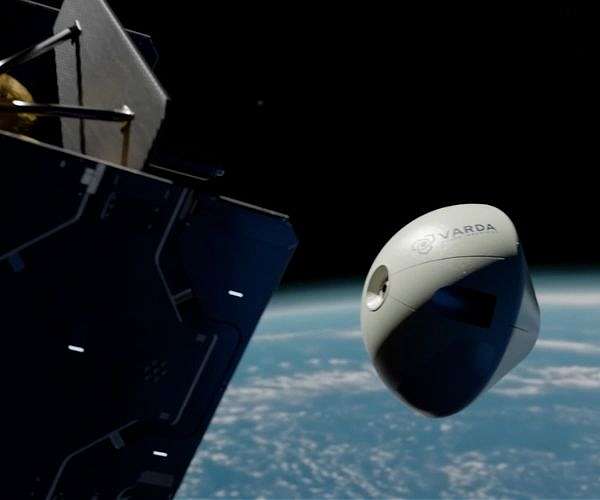Economic Pulse: China's Industrial Sectors Surge Past Expectations in March
Manufacturing
2025-03-31 01:33:31Content

China's economic pulse showed a promising uptick as the official Manufacturing Purchasing Managers' Index (PMI) climbed to 50.5 in March, signaling a modest expansion from February's reading of 50.2. The latest data, released by the National Bureau of Statistics (NBS) on Monday, offers a glimmer of hope for the world's second-largest economy.
The slight increase in the manufacturing PMI suggests that China's industrial sector is gradually gaining momentum, hovering just above the critical 50-point mark that separates economic contraction from growth. This incremental improvement reflects the ongoing efforts of businesses to stabilize operations and adapt to the evolving economic landscape.
Economists and market analysts will be closely monitoring these figures as they provide valuable insights into the health of China's manufacturing sector and its potential implications for global economic recovery.
China's Economic Pulse: Manufacturing Sector Signals Subtle Resilience Amid Global Uncertainties
In the intricate landscape of global economic dynamics, China's manufacturing sector continues to navigate complex challenges, offering nuanced insights into the nation's economic trajectory. As international markets closely monitor economic indicators, the latest data reveals a delicate yet promising narrative of industrial performance and economic adaptation.Decoding Economic Signals: A Glimpse into China's Industrial Momentum
Manufacturing Momentum: Deciphering the Purchasing Managers' Index
The Purchasing Managers' Index (PMI) serves as a critical barometer of economic health, providing sophisticated investors and policymakers with a comprehensive understanding of manufacturing sector performance. China's recent PMI reading of 50.5 in March represents more than a mere statistical increment; it symbolizes a complex interplay of economic forces, technological innovation, and strategic resilience. Economists and industry analysts interpret this marginal uptick as a potential harbinger of stabilization. The subtle increase from February's 50.2 suggests a nuanced recovery landscape, where manufacturers are strategically recalibrating their operational frameworks to navigate unprecedented global economic uncertainties.Contextualizing Economic Indicators: Beyond Numerical Representations
Understanding the PMI requires a multifaceted approach that transcends simplistic numerical interpretations. The index reflects a sophisticated ecosystem of industrial production, encompassing factors such as new orders, production levels, employment dynamics, and supply chain configurations. The delicate balance above the critical 50-point threshold indicates expansion, albeit with measured optimism. This suggests that Chinese manufacturers are not merely surviving but strategically positioning themselves to leverage emerging opportunities in a rapidly transforming global economic environment.Technological Innovation and Adaptive Strategies
China's manufacturing sector is increasingly characterized by its remarkable capacity for technological integration and adaptive strategies. The marginal PMI improvement reflects deeper transformations occurring within industrial ecosystems, where traditional manufacturing models are being reimagined through digital technologies, artificial intelligence, and advanced automation. Manufacturers are demonstrating unprecedented agility, rapidly reconfiguring production processes to address supply chain disruptions, changing consumer preferences, and geopolitical complexities. This adaptability represents a fundamental shift from reactive to proactive economic management.Global Economic Implications and Strategic Positioning
The nuanced PMI performance carries significant implications for global economic dynamics. As international markets continue to grapple with post-pandemic uncertainties, China's manufacturing sector emerges as a critical stabilizing force, offering insights into potential recovery trajectories. The data suggests a measured approach to economic revitalization, where incremental progress is prioritized over aggressive expansion. This strategy reflects a sophisticated understanding of global economic interdependencies and the importance of sustainable growth models.Future Outlook: Navigating Complexity with Strategic Precision
While the PMI represents a snapshot of current economic conditions, it also serves as a forward-looking indicator. The subtle improvements signal potential for continued adaptation and strategic repositioning within China's manufacturing landscape. Stakeholders are advised to view these developments through a holistic lens, recognizing the complex interplay of technological innovation, policy interventions, and global economic dynamics that shape industrial performance.RELATED NEWS
Manufacturing

Iowa Speedway Revs Up: Sukup Manufacturing Drives into INDYCAR Sponsorship
2025-04-10 16:30:53
Manufacturing

Motor City Meets Future Tech: RAPID + TCT 2025 Sparks Industrial 3D Printing Revolution
2025-05-02 13:52:00
Manufacturing

Chip Giant TSMC Reveals Earnings: Why U.S. Factory Expansion Isn't Moving the Needle
2025-04-17 12:55:45




